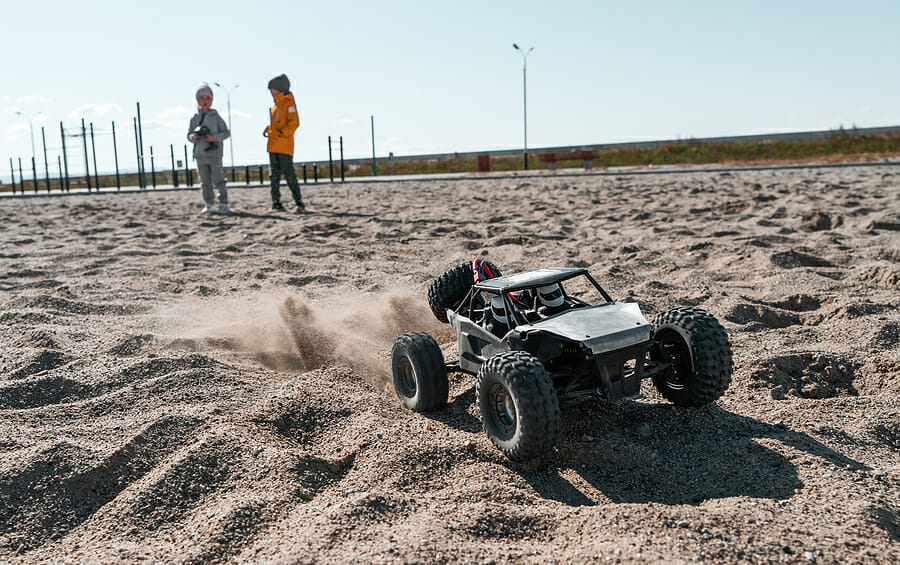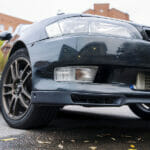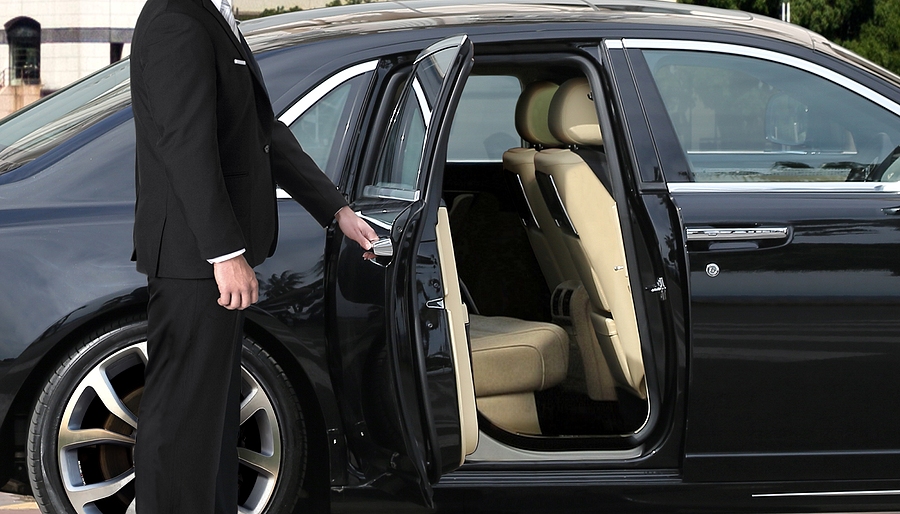Creating one’s RC car allows the user to modify aspects like the color of the car, engine, and electric speed controls to develop a unique car that one can use.
Whereas many people build them from already assembled RC car kits, users may also purchase distinct electrical parts and create their plastic framework.
Search for an RC Car Kit on the Internet
These sets are out there in various types as per the model of vehicle users want to come up with. Choose a store that sells remote-controlled vehicles, then see what packages are offered. Users may also seek web places selling such packages.
You can get a cheap one for a more straightforward structure setup, or opt for a much more expensive kit for a more complicated build. These sets are usually available in various shapes, sizes, and styles. Choose the package that appeals the most and is within the range.
Work in a Well-lit, Clutter-free Environment
Because assembling the RC car requires some time, choose a workstation or studio space where the kit elements can be kept out for a prolonged time. Ensure the room is illuminated properly so that users can see little portions on the workpiece surface.
Remember to spread out a sheet before you lay out all the parts. Also, since RC car kits include tiny pieces, keep the workspace far away from infants and pets.
Thread-locking Adhesive Should be Used on all Screws That Would Go into Metal
As users operate the Automated vehicle, screws that go into metal may weaken over time. Apply a little dot of some thread-locking glue to the bolts when fixing them in position. Thread-locking adhesive can be acquired from either a hobby or a hardware store. Electric fasteners can strip the thread on the bolts, so avoid them.
First, Assemble the Wheel Axles
Open the box containing the axle parts as indicated in the handbook and sort the details; don’t lose any. With fasteners and a driver, fasten the gear in the rear axle. Connect the wheels to the terminals once they’ve been built.
Put the Shock Unit Together
The chassis’ primary stabilizers will be the shocks, which directly connect to the wheels and tires. Fill the shocks well with the shock fluid with the system and tighten the cap. Lock the springs in position by sliding these onto the shocks’ bottoms. Place the shocks on the axles according to the instructions.
The Servos, Batteries, and Motors Should All Be Attached to the Frame
The servos send out the signal that tells users how the vehicle is being steered. Connect the servos to the front axles and position them towards the very front of the car. Attach the motors to the rear axles with screws. Connect all cables to the batteries and place them on top of the frame.
Place the Car’s Body on Top of the Chassis
Attach the bodywork to the chassis with the clips included in the kit. Undo the clamps to remove the body whenever there is a need to charge batteries or make any changes.
Conclusion
Most importantly, making them now can help the users earn experience that will benefit them later in making repairs and upgrades. Take a look at some top build custom RC vehicles set out there to get a great rush of inspiration.
Image Source: BigStockPhoto.com (Licensed)
Related Categories: hobby, Reviews








